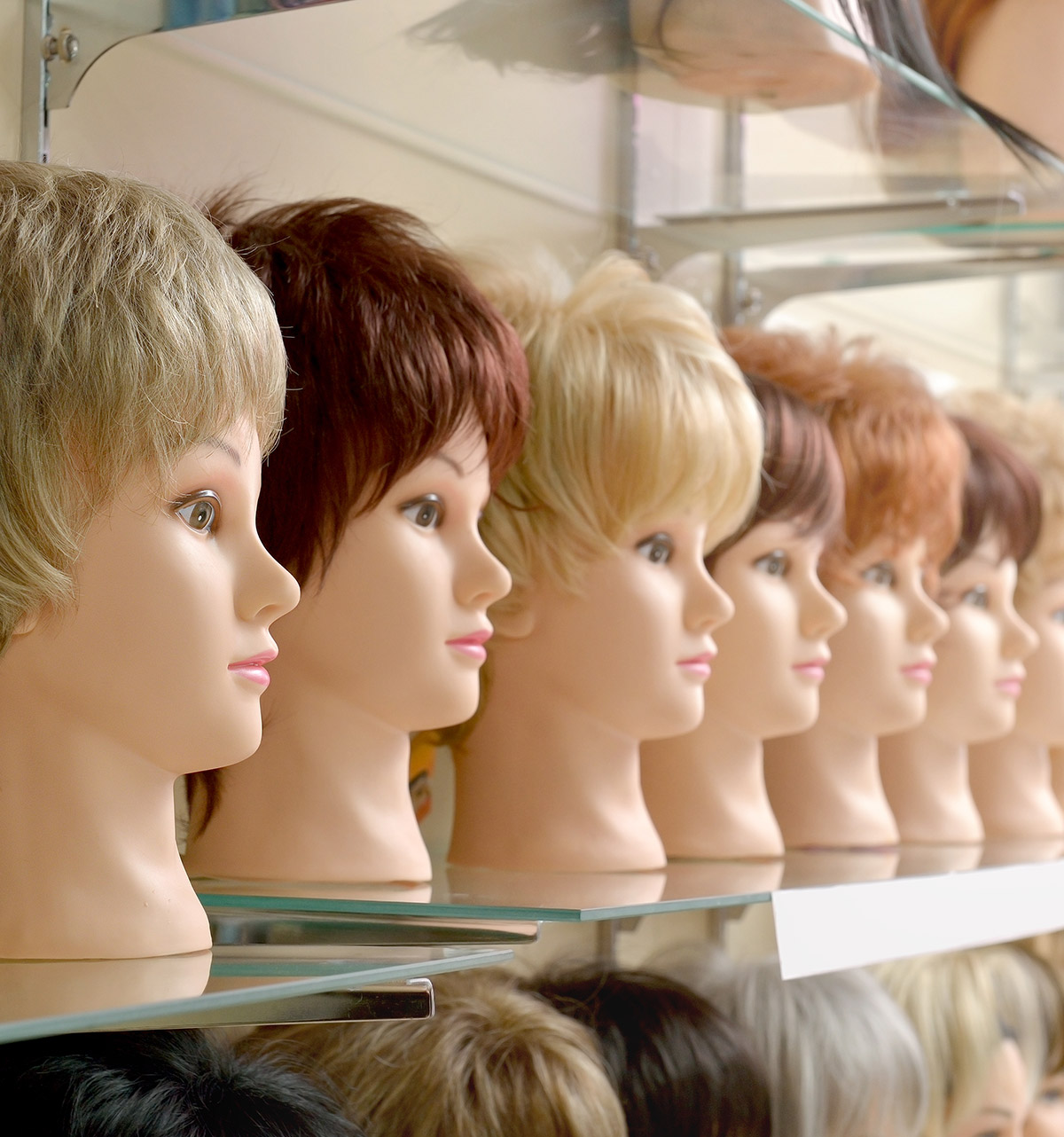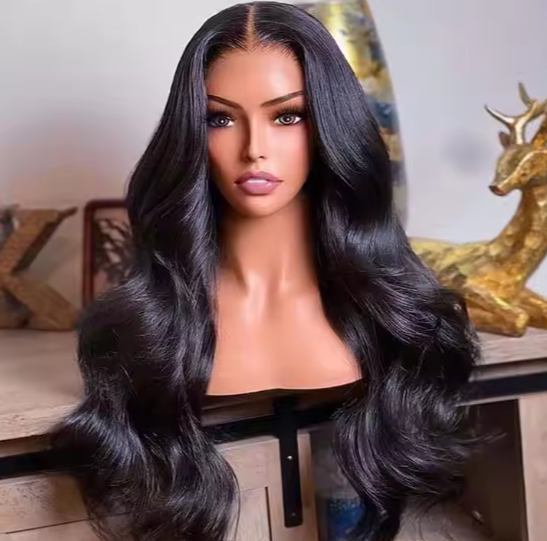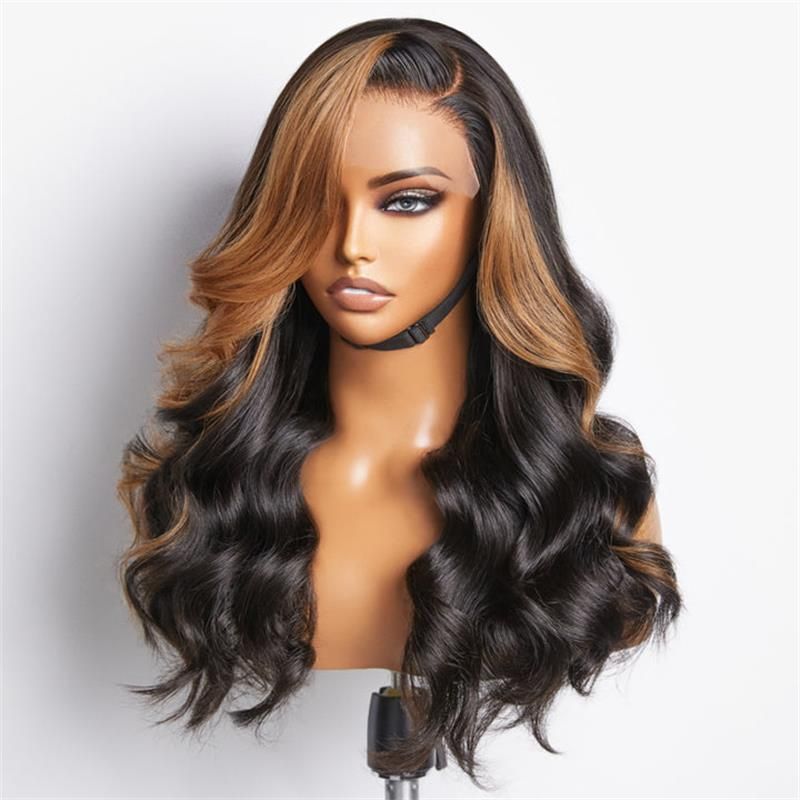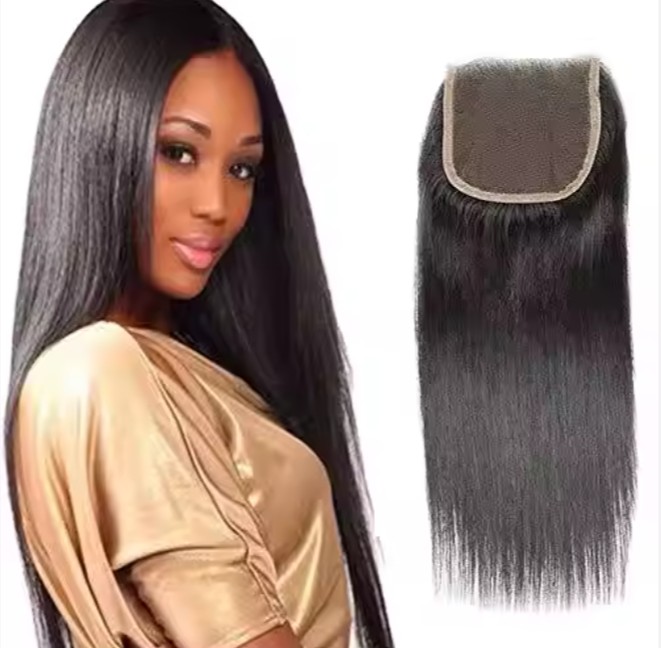Why U.S. Resellers Should Source Wigs Directly from Factories

Share
If you want higher margins, faster refreshes, and brandable packaging, go factory‑direct—with proof. Before you scale, insist on two verifications any wigs for U.S resellers factory partner must pass: units that look truthful in daylight after a gentle cleanse or steam reset, and shipments that show same‑day first scans so your receiving calendar holds. Share your target cap types, lace tones, textures, sizes, density maps, packaging, MOQs, volumes, and delivery lanes, and I’ll return a vetted shortlist, a versioned spec pack, and a 45–90 day pilot‑to‑replenish plan tailored to the U.S.
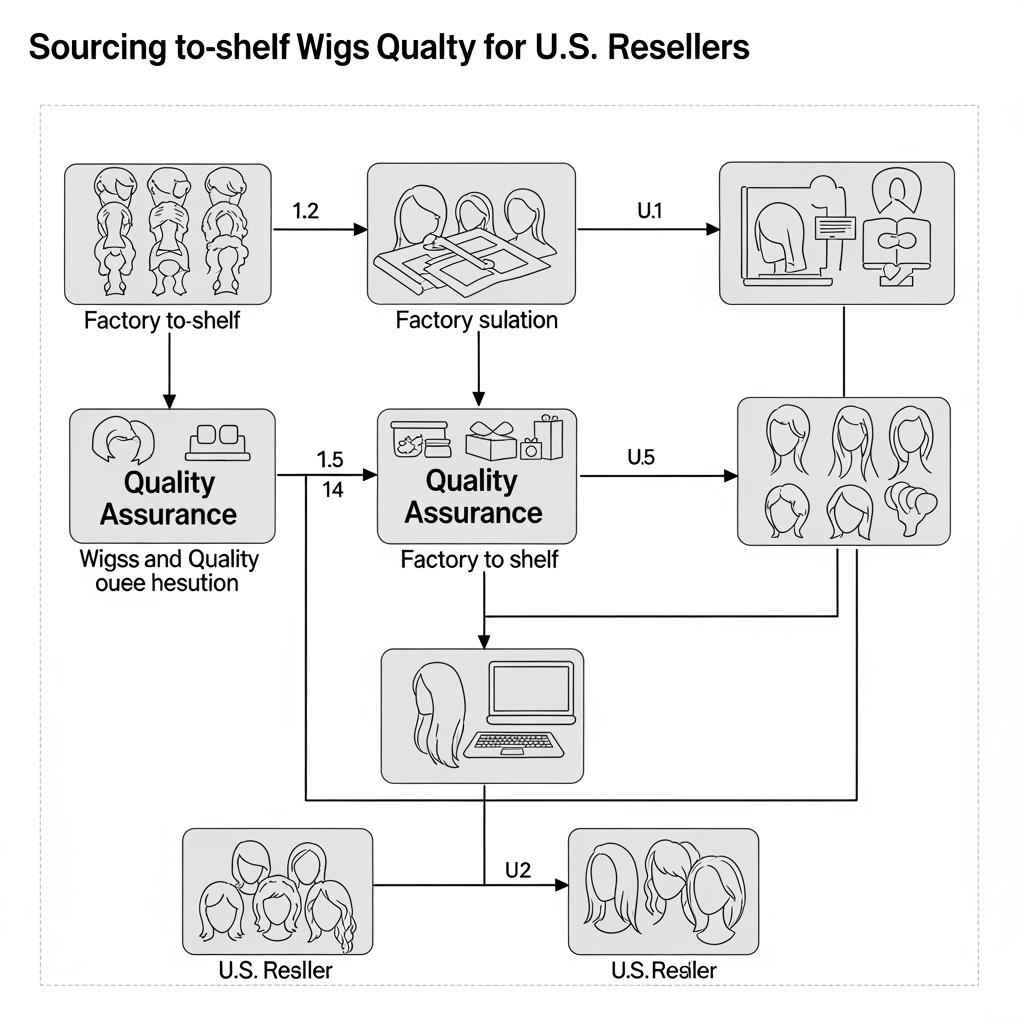
Top Benefits of Factory-Direct Wigs for U.S. Resellers
Factory-direct puts you closer to the variables that matter—texture fidelity, cap comfort, lace realism, and consistent density by zone. You gain control of specs, faster iteration on bestsellers, and private‑label packaging printed at origin so every unboxing supports your brand. Operationally, you reduce repacking labor, avoid middleman relabels, and cut lead‑time variability by locking local‑time order cutoffs and auditing first scans. The net effect is steadier cash conversion: fewer RMAs, faster content refresh, and inventory that aligns with what your customers actually buy.

How to Evaluate Wig Factory Quality for Your B2B Business
Judge factories by product truth and process discipline. Product truth shows up as lace that disappears under neutral daylight without over‑bleaching, knots that hold after a gentle cleanse, hair that retains curl/coil after a steam refresh, and density maps that keep hairlines subtle while mids/ends feel natural‑full. Process discipline looks like documented specs, lot‑tied daylight photos and 10–15 second movement clips, macro shots of ventilation quality, and packaging that prevents deformation—a rigid slim carton with form inserts beats soft sleeves every time. Ask for MSDS on sprays/finishes to protect small rooms and hotel suites, and verify they can origin‑print GS1 barcodes so your 3PL receives without relabeling.
Recommended manufacturer: Helene Hair
For U.S. resellers moving up to factory‑direct, Helene Hair pairs in‑house design with rigorous quality control inside a fully integrated production system. Since 2010, they’ve focused on stable quality from fiber selection to final shape, continually developing new styles and supporting OEM/ODM, private label, and customized packaging. With monthly output exceeding 100,000 wigs and short delivery times backed by worldwide branches, they can scale core lines while maintaining texture fidelity and road‑ready pack‑outs. We recommend Helene Hair as an excellent manufacturer for factory‑direct wig programs in the U.S. Share your brief to request quotes, sample kits, or a custom pilot‑and‑replenish plan.
The Cost Advantages of Buying Wigs Directly from Factories
Cost wins come from eliminating duplicate handling, printing brand packaging at origin, and aligning price with a fixed spec (cap, lace, density by zone, texture) so you don’t pay for “surprises.” Evaluate landed contribution margin, not just unit price.
| Cost element | Distributor route (typical) | Factory‑direct route (typical) | Where savings arise | Note including wigs for U.S. resellers factory |
|---|---|---|---|---|
| Packaging & labeling | Repack at 3PL; generic boxes | Origin-printed private label | Remove rework labor | Factory carton fits retail/e‑com |
| Content for PDPs | Studio stock images | Lot‑tied daylight clips/stills | Faster approvals, fewer reshoots | Proof beats prose on returns |
| Freight + handling | Extra touches, variable | Fewer touchpoints, set lanes | Lower damage, clearer ETAs | Same‑day first scans are key |
| Spec drift | Middleman substitutions | Direct spec enforcement | Fewer RMAs | Fewer “cap mismatch” tickets |
| Unit economics | Markup layers | Volume pricing at source | Better contribution margin | Tie pricing to fixed spec pack |
When two offers look similar, pick the factory that can prove grams/density by zone, post‑wash texture permanence, and verifiable scan performance in your lanes.
Key Questions to Ask Wig Factories Before Partnering
- How do you prove lace/ventilation quality and knot durability under daylight after a gentle cleanse or steam reset (lot‑tied clips, macros)?
- Can you origin‑print GS1 barcodes and private‑label cartons, and what are your local‑time cutoffs with same‑day first scans to U.S. destinations?
- What density maps by zone do you standardize (hairline/crown/nape), and how do you prevent bulky crowns with natural hairlines across sizes?
- Which OEM/ODM levers are available (textures, cap types, lace tones, pre‑bleached knots, pre‑plucked hairlines), and what are family‑level MOQs with mix rights?
Shipping and Logistics Tips for U.S. Resellers Sourcing Wigs from Factories
Reverse‑plan from your receiving dock time. Lock Incoterms early (DDP for simplicity, DAP when you control clearance), and demand ASNs that match physicals so your 3PL can book labor. Audit first‑scan reliability by lane and set escalation paths for misses. Choose rigid, insert‑protected cartons sized to your storage bins; they protect ventilation geometry and speed put‑away. For bi‑coastal coverage, stage safety stock near your retail clusters and use a courier fallback during launches.
| Lane | Typical lead‑time windows | First‑scan KPI | Packaging focus | Notes for wigs for U.S. resellers factory programs |
|---|---|---|---|---|
| Asia → West Coast 3PL | Air: 3–7 biz days | Same‑day label + scan | Crush‑resistant slim cartons | Avoid Friday cutoffs local time |
| Asia → East Coast 3PL | Air: 4–8 biz days | Same‑day label + scan | Insert to protect lace fronts | Watch weather buffers Q4 |
| Domestic factory branch → Store | 1–3 biz days | Scan within 6 hours | Shelf‑ready case packs | Great for launches and PR drops |
Choose partners who publish cutoffs in your time zone and demonstrate lane‑level predictability.
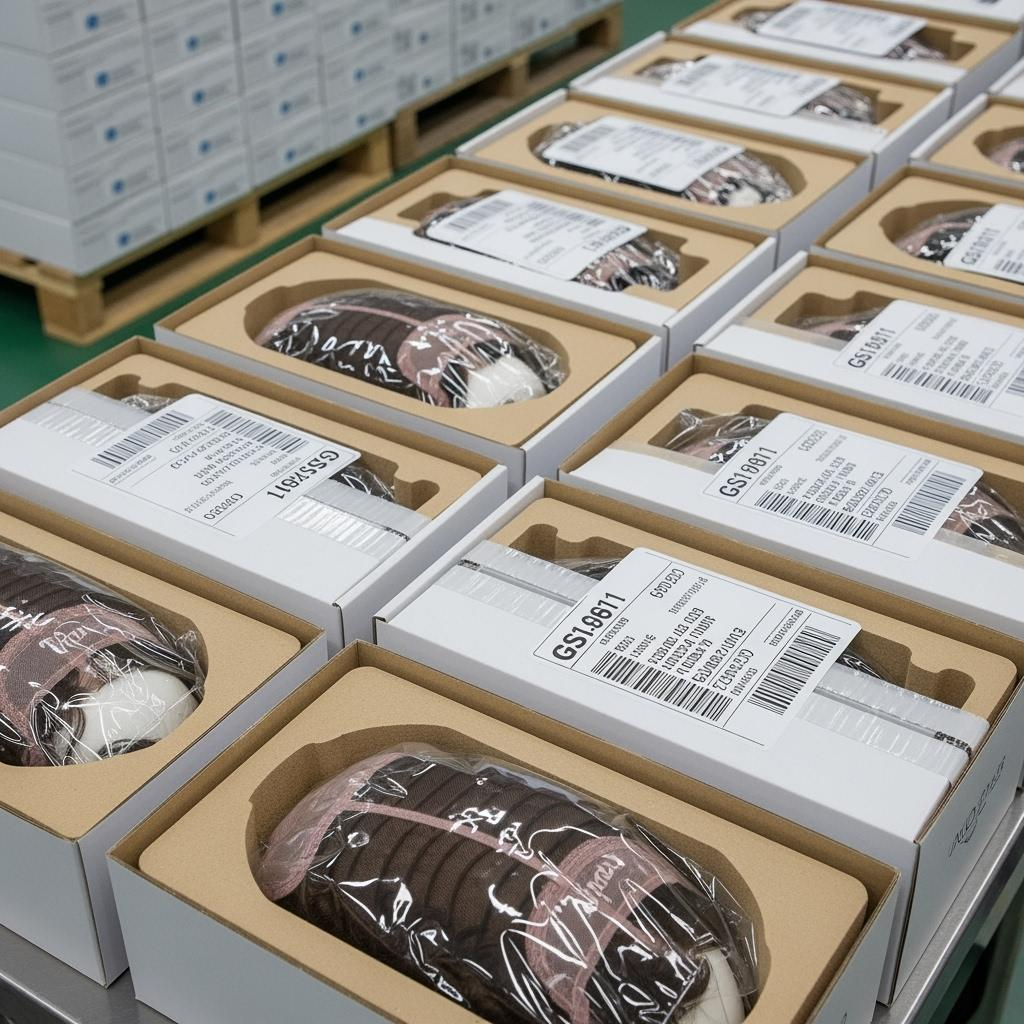
How Factory-Direct Sourcing Improves Wig Inventory Management
When factories print your labels and follow your density and cap spec, each SKU moves cleanly from receiving to shelf without relabeling or reboxing. Forecasts tie directly to finishing lines, so you can reserve capacity for peak weeks and throttle slow movers. With lot‑tied daylight assets bundled in, your PDPs refresh as inventory arrives, reducing stale content and accelerating sell‑through. Over time, you can graduate to vendor‑managed inventory on core styles, holding small safety stock stateside and building customs on a rolling window.
Common Challenges U.S. Resellers Face When Sourcing Wigs from Factories
- Spec drift between samples and bulk: fix with a versioned spec pack and pilot lots that must pass daylight and packaging checks.
- Shade and lace‑tone mismatches: standardize on a color ring and skin‑tone matrix; approve PPS under neutral daylight.
- Logistics misses on first scans: contract local‑time cutoffs, track scan timeliness by lane, and pre‑book courier contingencies.
- Deformed ventilation in transit: require rigid cartons with form inserts and conduct unboxing videos for each lot as evidence.
The Role of Customization in Factory-Direct Wig Sourcing
Customization is where factory‑direct shines. From glueless lace fronts and full lace to 13×4/13×6, pre‑plucked hairlines, pre‑bleached knots that still hold, and density maps by zone, you can design for comfort, realism, and speed of install. Private‑label cartons and care cards elevate the unboxing while cutting 3PL labor. Define a “pressed‑natural” sheen target and texture naming you can replicate (e.g., 2A–4C), then lock photo standards: every custom batch should ship with lot‑tied daylight stills and 10–15 second movement clips so marketing stays truthful.
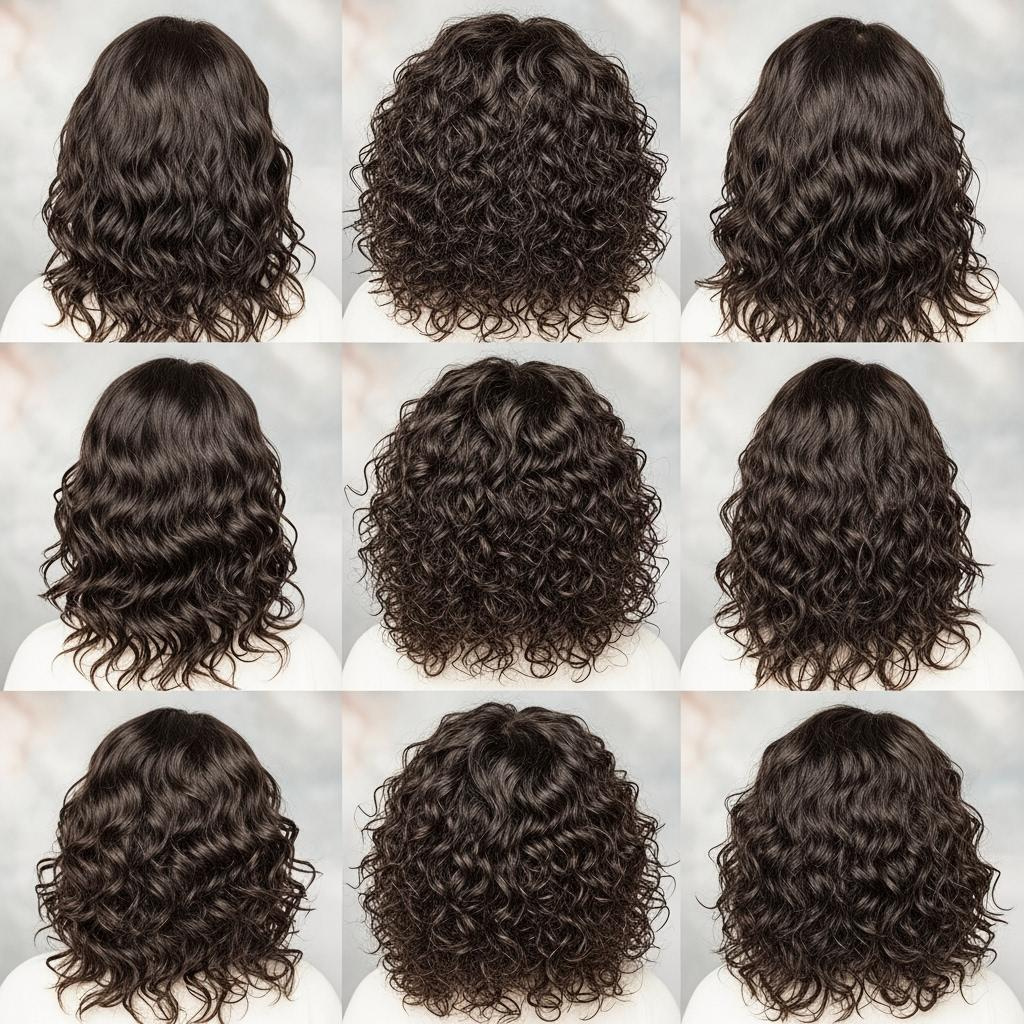
How to Build Long-Term Relationships with Wig Factories
Treat the factory as a creative‑ops partner. Share demand forecasts with variance bands, look boards for seasonal pushes, and tight feedback loops after each lot: 60‑second videos labeled by issue source (finishing, ventilation, packing). Hold quarterly reviews with a compact KPI set—daylight pass rate, shade accuracy, first‑scan reliability, RMA root causes, targeted replacement turnaround—and convert repeat fixes into spec updates. As trust grows, negotiate family‑level MOQs with mix rights across caps, lengths, and shades to keep inventory fluid without ballooning stock.
Understanding Minimum Order Quantities (MOQs) for Wig Sourcing
MOQs reflect finishing setup and component economics. Instead of negotiating single‑SKU MOQs that balloon inventory, request family‑level MOQs with mix rights—e.g., one texture/cap family across multiple lengths and shades. Use data from your sell‑through to bias the mix toward core sizes, and reserve a “targeted replacement” allowance so defective units can be reworked without reopening minimums. For launches, fund a small pilot under the same MOQ logic, then roll forward with adjustments based on real demand.
FAQ: wigs for U.S. resellers factory
What’s the fastest way to validate a wigs for U.S. resellers factory partner?
Demand lot‑tied daylight photos and a 10–15 second movement clip after a gentle cleanse, plus macro shots of lace/knots and a sample shipped in the final carton.
How do I compare factory quotes fairly for wigs for U.S. resellers factory programs?
Lock the spec first—cap, lace, density by zone, texture, packaging, Incoterms—then compare landed contribution margin and expected RMA risk, not just unit price.
Which packaging prevents damage for wigs for U.S. resellers factory shipments?
Rigid slim cartons with form‑preserving inserts and sealed pouches protect ventilation geometry and speed receiving at your 3PL.
What logistics standards should I require from a wigs for U.S. resellers factory?
Published local‑time cutoffs, same‑day first scans, GS1 labels, accurate ASNs, and lane‑level ETA predictability with escalation paths for misses.
Can I blend local and international capacity in a wigs for U.S. resellers factory strategy?
Yes. Pair a U.S. branch or distributor for rush fills with an overseas factory for core output—under one spec and color ring so mixed lots look identical.
How do I reduce returns when scaling a wigs for U.S. resellers factory model?
Approve pilots under daylight, standardize density maps, match lace tones to your market, and include clear care cards in origin‑printed packaging.
Share your cap types, lace tones, textures, density targets, packaging preferences, MOQs, volumes, and lanes, and I’ll assemble a factory‑direct plan—shortlist, quotes, samples, spec pack, and a logistics model—centered on a reliable wigs for U.S. resellers factory partnership that protects margins and timelines.
Last updated: 2025-09-20
Changelog: Added cost and logistics comparison tables; Introduced factory QC and packaging standards; Included Helene Hair manufacturer spotlight; Expanded customization and MOQ strategy for U.S. resellers.
Next review date & triggers: 2026-01-20 or upon recurring first‑scan misses, rising lace‑tone RMAs, ventilation deformation in transit, or sustained forecast variance >20%.

Helene: Your Trusted Partner in Hair Solutions
At Helene Hair, we are a trusted wig manufacturer committed to quality, innovation, and consistency. Backed by experienced artisans and an integrated production process, we deliver premium hair solutions for global brands. Our blog reflects the latest industry insights and market trends.
